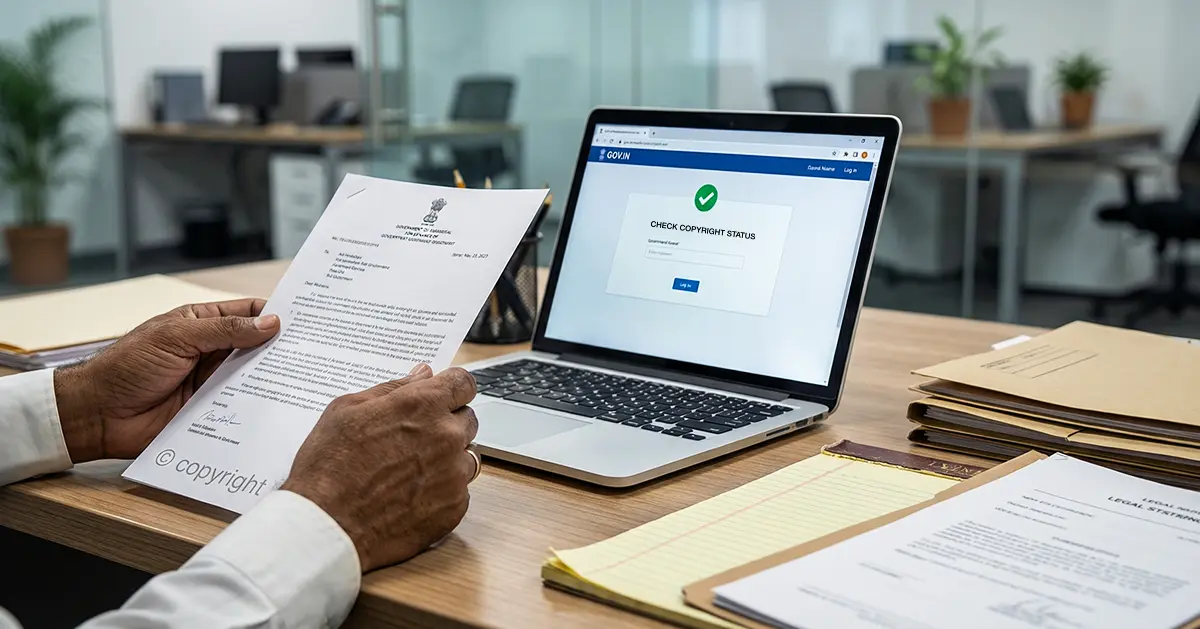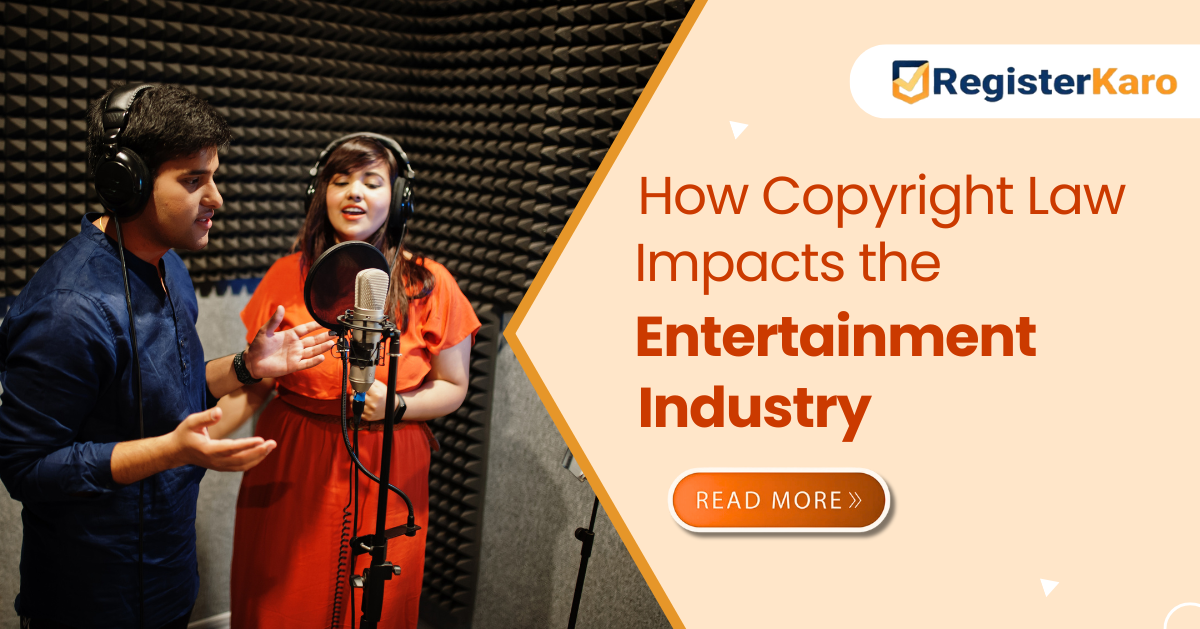
Introduction
In today’s fast-paced world, where movies and memes spread in seconds, protecting your intellectual property has never been more crucial. Enter the Copyright Disclaimer—your secret weapon in defending originality! But what exactly is a Copyright Disclaimer, and why should you care?
A Copyright Disclaimer clearly informs others that you protect your work under copyright law. Authors, artists, and organizations use it to assert legal safeguards on their content and warn potential users against unauthorized use.
For example, a standard copyright disclaimer might say: “This material is used for educational purposes under the ‘fair dealing’ provisions of the Copyright Act, 1957. No copyright is intended to be infringed. All rights are reserved by their respective owners.”
What is Copyright Disclaimer?
A Copyright Disclaimer under the Copyright Act, 1957 (of India) is a notice that acknowledges the rights of copyright owners while claiming fair use or other exceptions to copyright infringement for limited use of copyrighted material.
The Indian Copyright Act, 1957 doesn’t specifically mandate a standard format for copyright disclaimers, but they typically include:
- Acknowledgment of copyright ownership: Recognizing that the original material is protected by copyright
- Statement of fair use or fair dealing: Claiming use under exceptions permitted by the Act
- Non-commercial purpose: Clarifying that the use is not for profit or commercial gain
- Attribution: Properly crediting the original creator or source
Get in touch for a personalized consultation and take the first step in protecting your intellectual property!
Fair Use Under Section 107 of the Copyright Act
Section 107 of the Copyright Act (United States) outlines the concept of fair use, allowing limited use of copyrighted material without the owner’s permission. In India, this concept aligns closely with fair dealing under Section 52 of the Copyright Act, 1957. Under both laws, you can claim fair use for the following purposes:
- Criticism or comment: Reproducing parts of a work for criticism, review, or commentary.
- News reporting: Using copyrighted works for reporting current events.
- Teaching or scholarship: Using copyrighted works for educational purposes.
- Research: Use of materials for research that does not exploit the original work commercially.
The use must be non-commercial, and the user must ensure that the use does not compete with the original work in the market. Learn how to add a Copyright Disclaimer on YouTube to avoid copyright infringement.
Key Benefits of a Copyright Disclaimer
Creators include a Copyright Disclaimer on their content to clearly communicate that they protect their work and prohibit unauthorized use.
- Prevents Unauthorized Use: A Copyright Disclaimer acts as a deterrent, discouraging unauthorized users from using your content without permission.
- Reinforces Ownership: It clearly states that you are the rightful owner of the content and have exclusive rights over it.
- Strengthens Legal Standing: Including a Copyright Disclaimer strengthens your legal position in case someone else tries to commit copyright infringement.
- Promotes Transparency: It communicates your intellectual property rights and copyright protection policies to the public, ensuring transparency.

Legal Disclaimers and Their Role in Copyright Protection
Copyright disclaimers are essential legal statements that help protect creative works by:
- Establishes ownership rights – Clearly identifies the owner of the content and specifies which rights are reserved.
- Creating a legal boundary – They inform others about permitted and prohibited uses of the material.
- Serving as deterrents – By warning of potential legal consequences, they discourage unauthorized use.
- Providing formal notice – They demonstrate the creator’s intent to enforce their intellectual property rights.
These legal disclaimers are valuable for creators publishing content online or in print to prevent unauthorized copying. For stronger Copyright protection, consider Copyright registration to solidify legal claims.
Where to Use a Copyright Disclaimer?
A Copyright Disclaimer can be useful in various contexts. Here are some examples of where it should be included:
1. Websites and Blogs
Why Use It: As you publish original written content, images, and multimedia (like videos and infographics) on your website or blog, you need to protect it from unauthorized use. A copyright disclaimer helps you safeguard your work from being copied or shared without your permission.
Example: © 2025 [Your Name/Company Name]. All rights reserved. The content on this website—including text, images, and videos—is protected by copyright law. Please do not reproduce, redistribute, or modify any content without obtaining prior written permission from [Your Name/Company Name].
2. Books and Articles
Why Use It: As an author or publisher, you want to showcase your literary work as uniquely yours. By including a copyright disclaimer, you notify readers that you have legally protected your work and actively deter unauthorized copying or distribution.
Example: © 2025 [Author Name]. All rights reserved. We own the copyright for this book and all its contents, including text, images, and diagrams. Do not reproduce or transmit any part of this book in any form without permission from the author.
3. Music and Films
Why Use It: If you create music, films, or other audiovisual works, you need to ensure your creative output remains exclusively yours. A copyright disclaimer helps protect your original works from being duplicated, distributed, or performed without your approval.
Example: © 2025 [Artist/Director Name]. All rights reserved. This music/film is protected by copyright law. Unauthorized reproduction, distribution, or performance is prohibited. For licensing inquiries, please contact [Artist/Director Name].
4. Software
Why Use It: Developers and companies often create unique software and applications that deserve legal protection. A copyright disclaimer protects your source code and digital products from being copied or altered without permission.
Example: © 2025 [Your Company Name]. All rights reserved. The software “App Name” and its source code are protected by copyright law. Please note that redistribution or modification of the software without permission is prohibited. For licensing inquiries, please contact [Your Company Name].
5. Educational Content
Why Use It: Educators, institutions, and content creators invest time and expertise in developing online courses, study guides, and research papers. Include a copyright disclaimer to actively protect your intellectual property and prevent others from plagiarizing or misusing your work.
Example: © 2025 [Institution Name]. All rights reserved. We protect the content provided—including text, lectures, and educational resources—under copyright law. Do not redistribute or use this material without permission. We allow limited use for educational purposes under the fair use doctrine.
6. Social Media
Why Use It: Naturally, when you share your original photos, videos, or posts on social media, you want to control how others use your content. A copyright disclaimer helps you protect your creative work from being shared, copied, or modified without your consent.
Example: © 2025 [Your Name]. All rights reserved. The content posted on this account, including photos, videos, and written posts, is protected by copyright law. Do not repost, redistribute, or modify this content without permission.
Conclusion
Ultimately, content creators use a Copyright Disclaimer as a powerful tool to safeguard their intellectual property. It asserts your rights under Copyright laws and helps prevent unauthorized use of your work.
Connect with RegisterKaro for guidance related to Copyright Disclaimer for your creative work and protect your rights with confidence!




